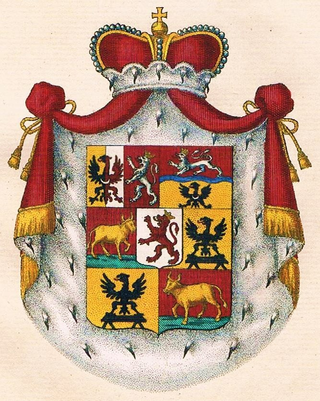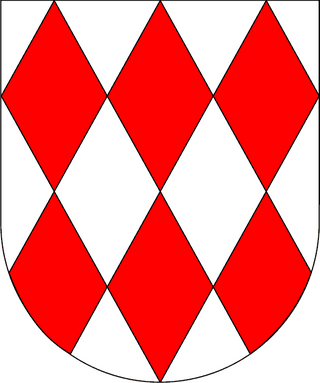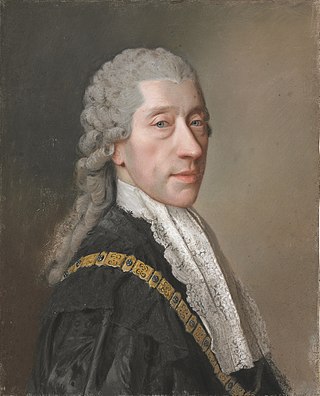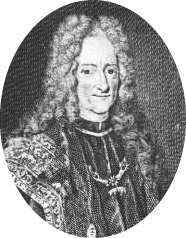
The Walhalla is a hall of fame that honours laudable and distinguished people in German history – "politicians, sovereigns, scientists and artists of the German tongue"; thus the celebrities honoured are drawn from Greater Germany, a wider area than today's Germany, and even as far away as Britain in the case of several Anglo-Saxon figures. The hall is a neo-classical building above the Danube River, in Donaustauf, east of Regensburg in Bavaria, the exterior modelled on the Parthenon in Athens.

A Generaloberst was the second-highest general officer rank in the German Reichswehr and Wehrmacht, the Austro-Hungarian Common Army, the East German National People's Army and in their respective police services. The rank was equal to a four-star full general but below a general field marshal. The rank was equivalent to a Generaladmiral in the Kriegsmarine until 1945 or to a Flottenadmiral in the Volksmarine until 1990. It was the highest ordinary military rank and the highest military rank awarded in peacetime; the higher rank of general field marshal was awarded only in wartime by the head of state. In general, a Generaloberst had the same privileges as a general field marshal.

Count Ernst Rüdiger von Starhemberg was military governor of Vienna from 1680, the city's defender during the Battle of Vienna in 1683, Imperial general during the Great Turkish War, and President of the Hofkriegsrat. By birth, he was a member of the House of Starhemberg.

The House of Auersperg is an Austrian princely family and formerly one of the most prominent European noble houses. The family originates from the comital line of Auersperg in the Duchy of Carniola during the Middle Ages and belongs to the high nobility.

The House of Wurmbrand-Stuppach is an old noble family of Austria. During the 17th and 18th centuries, the Counts of Wurmbrand-Stuppach gained notability in wars against the Turks in the Balkans. They were highly decorated advisors to the Habsburg Emperors. During the 18th century the family had immediate status as ruling counts of a small territory of the Holy Roman Empire and as such, the family belonged to high nobility.

Princess Franziska von Starhemberg, was an Austrian politician of the Christian Social Party. She was the mother of Heimwehr leader and Austrian Vice-Chancellor Ernst Rüdiger von Starhemberg.

Guido Wald Rüdiger, Graf von Starhemberg was an Austrian nobleman and military officer (commander-in-chief).

Nora Gregor was an Austrian stage and film actress.

Rüdiger is a German given name. The meaning comes from Old High German: hruod (fame) and ger (spear). The name became popular because of the character Rüdiger von Bechelaren from Nibelung.

The House of Mansfeld was a princely German house, which took its name from the town of Mansfeld in the present-day state of Saxony-Anhalt. Mansfelds were archbishops, generals, supporters as well as opponents of Martin Luther, and Habsburg administrators.

The House of Khevenhüller is an old and prominent Austrian noble family, documented in Carinthia since 1356, with its ancestral seat at Landskron Castle. In the 16th century, the family split into the two branches of Khevenhüller-Frankenburg, Imperial Counts from 1593, and Khevenhüller-Hochosterwitz, raised to Imperial Counts in 1725 and, as Khevenhüller-Metsch, to princely rank (Fürsten) in 1763. The family was mediatised therefor belongs to high nobility.

Prince Ernst Rüdiger Camillo von Starhemberg, often known simply as Prince Starhemberg, was an Austrian nationalist and politician who helped introduce Austrofascism and install a clerical fascist dictatorship in Austria in the interwar period. A fierce opponent of Anschluss, he fled Austria when the Nazis invaded the country and briefly served with the Free French and British forces in World War II.

Wenzel Anton, Prince of Kaunitz-Rietberg was an Austrian and Czech diplomat and statesman in the Habsburg monarchy. A proponent of enlightened absolutism, he held the office of State Chancellor for about four decades and was responsible for the foreign policies during the reigns of Maria Theresa, Joseph II, and Leopold II. In 1764, he was elevated to the noble rank of a Prince of the Holy Roman Empire (Reichfürst).

The siege of Buda was a siege by the Holy Roman Empire of the Ottoman fortress of Buda. After 109 days, the siege was abandoned.

Johann Georg Adam Graf von Starhemberg, since 1765 Fürst von Starhemberg was an Austrian diplomat, minister, chief chamberlain and close confidant of Empress Maria Theresa.

Gundaker Thomas Graf von Starhemberg was an Austrian nobleman, politician and economist.
Oberhofmeister of the Austrian King and Emperor was the most important function at the court of the Holy Roman Emperor and the Emperor of Austria in Vienna (1804–1918). The Oberhofmeister acted as the direct head of the imperial court and household and was as such very influential.

Johann Maximilian von Lamberg was an Austrian nobleman, diplomat and courtier. In the service of the Habsburgs, he excelled in the peace negotiations at the end of the Thirty Years' War, resulting in the Peace of Westphalia. Later in high offices he was one of the influential figures of the imperial court. In addition to gaining the title of count (1641), he expanded the family property in various parts of the Empire.
Maximilian Lorenz Graf von Starhemberg was an Austrian field marshal as well as the younger brother of Ernst Rüdiger von Starhemberg, who defended Vienna during the siege of Vienna in 1683.



















